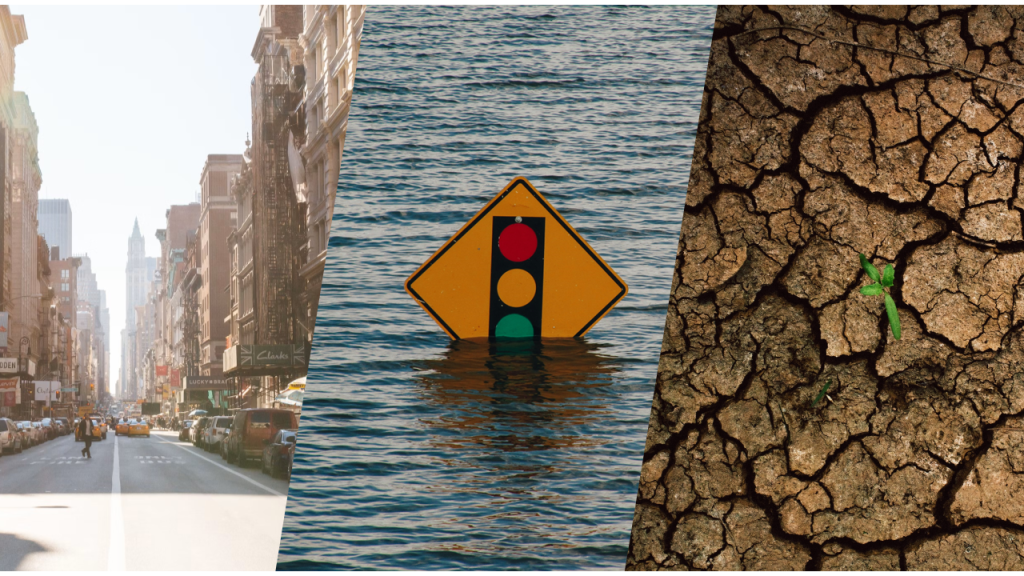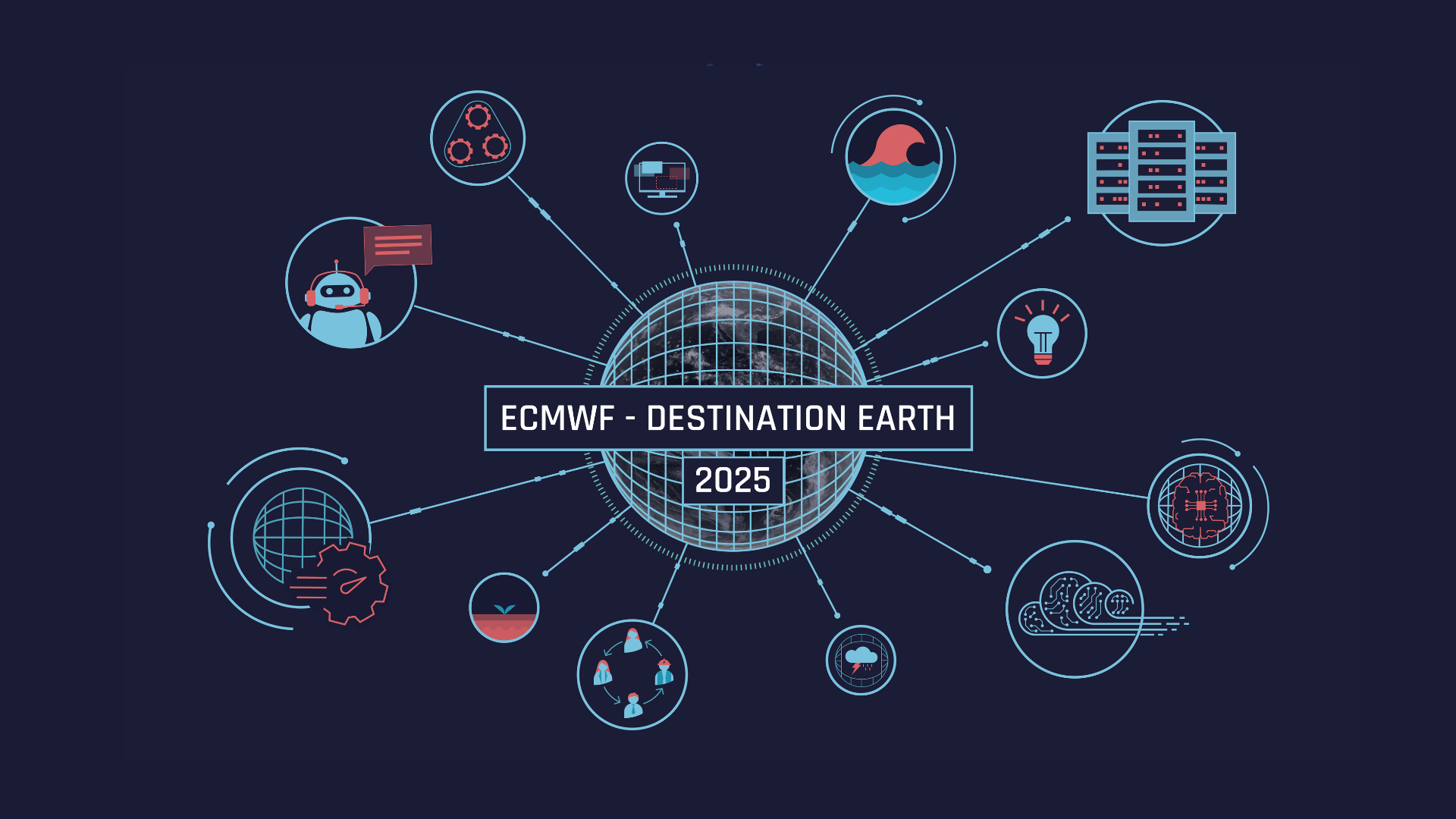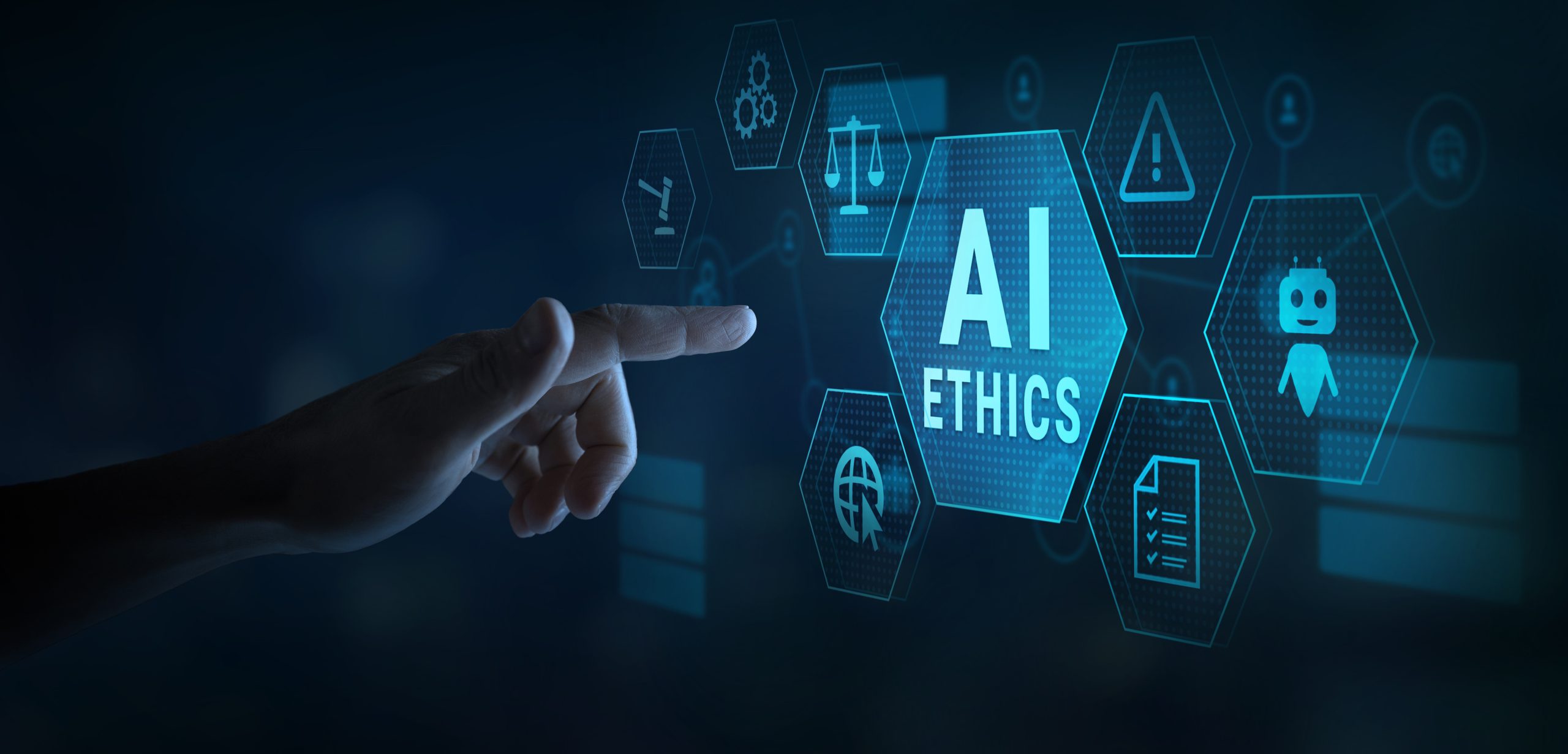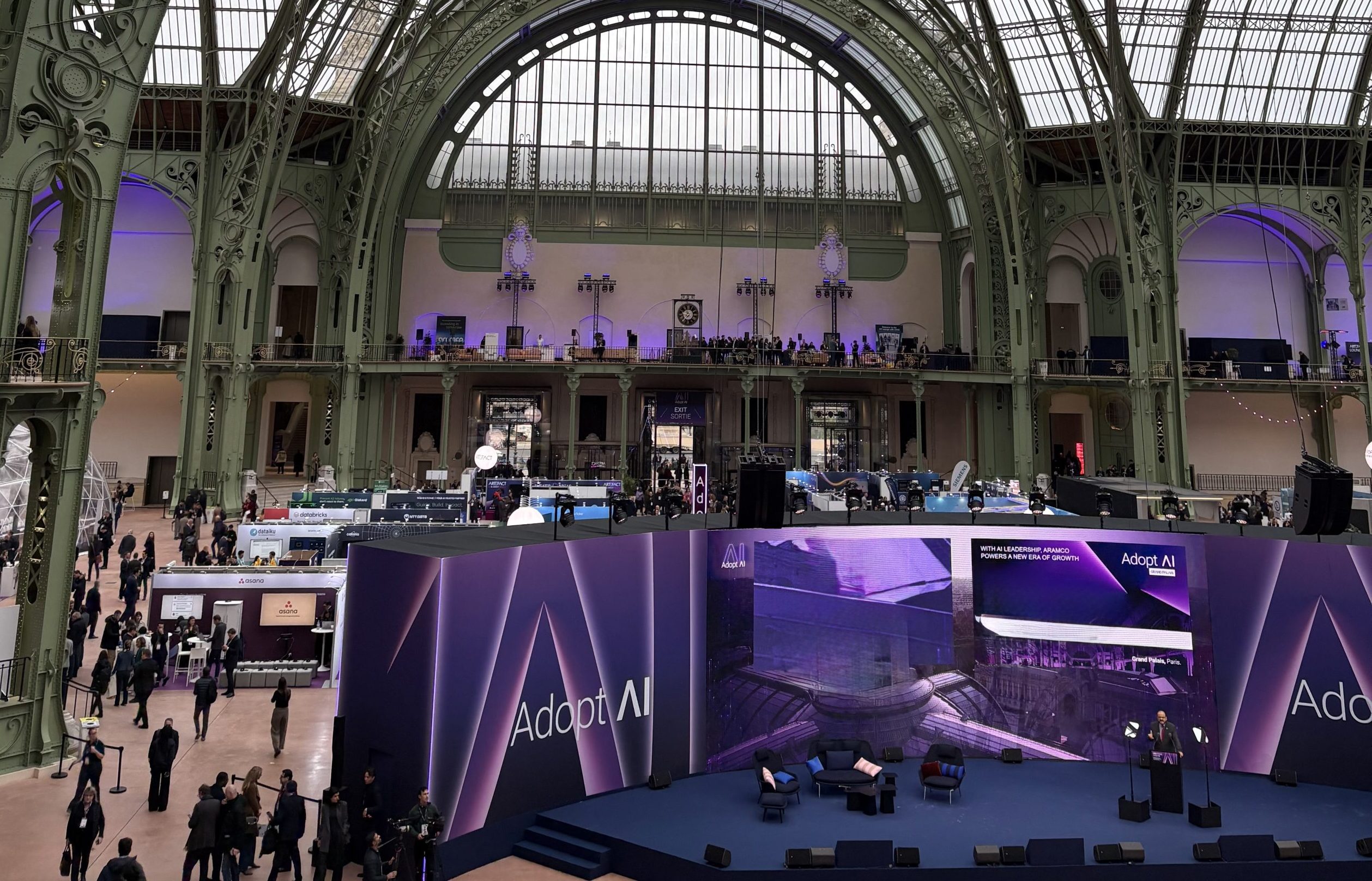
The contract to develop a conceptual framework for DestinE’s digital twins’ Quality Control was a collaboration led by Utrecht University involving the Italian National Research Council (CNR), Fondazione Centro Euro-Mediterraneo sui Cambiamenti Climatici (CMCC), CoLAB +Atlantic and Serco Italia as partners. The main aim of the contract was to propose a Quality Control concept for the Climate Change Adaptation (Climate DT) and Weather-Induced Extremes (Extremes DT) of Destination Earth (DestinE), including a roadmap for its development and principles. The work involved reviewing existing quality control systems and engaging with relevant stakeholders through workshops and interviews. The project was structured around three important use cases: (1) urban heat; (2) flooding risk; and (3) agricultural drought.

[1], [2]. [3])
One of the main recommendations was to build on the Quality Control concept from the Copernicus Climate Change Service (C3S) based on three pillars: (1) quality assurance; (2) quality assessment; and (3) fitness for purpose, and make specific adjustments for DestinE.
Although C3S QC concept was not originally designed for digital twins, the pillars are defined sufficiently broad to include aspects that are relevant in the context of digital twins, in particular the user interaction (e.g., timeliness of response). Advantages of adopting this framework are that it is well known within ECMWF but also for a large group of users is already familiar with this concept through the CDS portal.
The contract therefore recommends the development of three concrete QC elements:
- A QC expert repository where users can find documentation about the digital twins, including descriptions of parametrizations used in the models, detailed comparisons of model output, and manuals on how users can interact with the DTs
- A QC storytelling platform that illustrates the use of the DTs for a specific use case in a visually appealing manner, with a focus on user interaction and quality aspects.
- A Do-it-yourself QC tool that allows users to access DT output and reference data or upload private datasets to perform data analysis.
Together, these proposed elements provide tools with varying complexity and level of user engagement. The underlying idea is that this can serve different user groups that are expected to use Destination Earth as well as different questions that each user could pose.
Finally, aspects related to protocols and principles of the QC concept were assessed. It was recommended to learn from existing Copernicus services, including the collection and processing of user feedback to improve the services and the outsourcing of detailed quality assessments to contractors. Still, it was advised to avoid a full integration of Destination Earth and Copernicus QC activities to ensure sufficient flexibility in the upcoming phases of Destination Earth.
Destination Earth is a European Union funded initiative launched in 2022, with the aim to build a digital replica of the Earth system by 2030. The initiative is being jointly implemented by three entrusted entities: the European Centre for Medium-Range Weather Forecasts (ECMWF) responsible for the creation of the first two ‘digital twins’ and the ‘Digital Twin Engine’, the European Space Agency (ESA) responsible for building the ‘Core Service Platform’, and the European Organisation for the Exploitation of Meteorological Satellites (EUMETSAT), responsible for the creation of the ‘Data Lake’.
We acknowledge the EuroHPC Joint Undertaking for awarding this project strategic access to the EuroHPC supercomputers LUMI, hosted by CSC (Finland) and the LUMI consortium, Marenostrum5, hosted by BSC (Spain) Leonardo, hosted by Cineca (Italy) and MeluXina, hosted by LuxProvide (Luxembourg) through a EuroHPC Special Access call.
More information about Destination Earth is on the Destination Earth website and the EU Commission website.
For more information about ECMWF’s role visit ecmwf.int/DestinE
For any questions related to the role of ECMWF in Destination Earth, please use the following email links:


